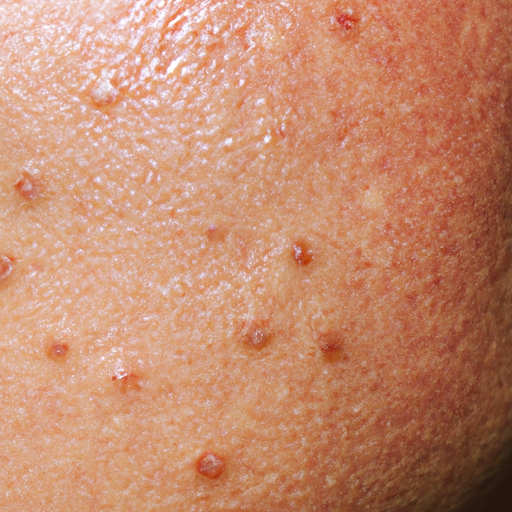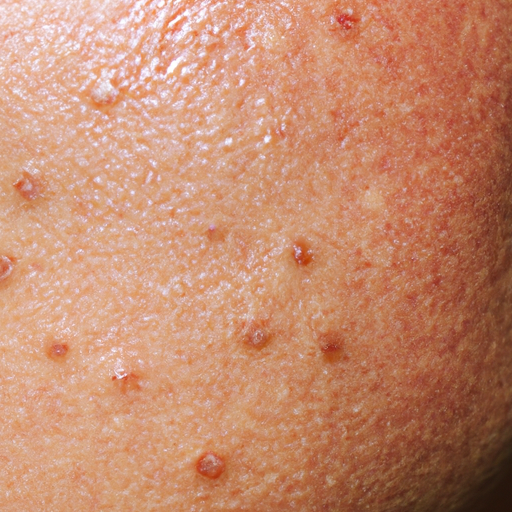Title: Unmasking Acne: A Deep Dive into Symptoms and Causes
As a dermatologist, I have encountered countless patients who are battling the persistent and often frustrating condition known as acne. Acne is a skin condition that occurs when hair follicles become plugged with oil and dead skin cells. It is most common among teenagers, though it affects people of all ages. This article aims to unmask acne, providing a deep dive into its symptoms and causes.
Acne symptoms vary depending on the severity of your condition. Whiteheads (closed plugged pores), blackheads (open plugged pores), small red, tender bumps (papules), pimples (pustules), large, solid, painful lumps beneath the surface of the skin (nodules), and painful, pus-filled lumps beneath the surface of the skin (cystic lesions) are all signs of acne. These symptoms most commonly appear on the face, forehead, chest, upper back, and shoulders because these areas of skin have the most oil glands.
The cause of acne is multifactorial. The primary culprits are excess oil production, hair follicles clogged by oil and dead skin cells, bacteria, and excess activity of a type of hormone (androgens).
When your body produces an excess amount of sebum—an oily substance that lubricates your hair and skin—and dead skin cells, they can build up in the hair follicles. They form a soft plug, creating an environment where bacteria can thrive. If the clogged pore becomes infected with bacteria, inflammation results. The plugged pore may cause the follicle wall to bulge and produce a whitehead. Alternatively, the plug may be open to the surface and darken, causing a blackhead.
Hormonal changes in teenagers and women can trigger increased oil production and a higher turnover of skin cells. Androgens are hormones that increase in boys and girls during puberty and cause the sebaceous glands to enlarge and make more sebum. Hormonal changes during midlife, particularly in women, can lead to breakouts too.
Certain medications, including those containing corticosteroids, testosterone or lithium, can worsen acne. Diet can also influence acne but to a lesser extent than popularly thought. Studies indicate that certain dietary factors, including skim milk and carbohydrate-rich foods — such as bread, bagels and chips — may worsen acne. Chocolate has long been suspected of making acne worse, but there’s little evidence to support this.
Stress doesn’t cause acne, but if you have acne already, stress may make it worse. Acne can also be a side effect of certain cosmetics and skincare products. These can cause acne or make it worse by blocking pores.
Understanding the causes and symptoms of acne is the first step towards managing it effectively. Treatment options for acne are numerous and depend on the severity of the condition. Over-the-counter treatments are available for mild acne. These products work by killing bacteria, drying up the oil, and sloughing off dead skin cells. For moderate to severe acne, prescription medications may be necessary.
In conclusion, acne is a common skin condition that can cause significant emotional distress and self-esteem issues. As a dermatologist, I want to assure you that there are effective treatments available. If you’re struggling with acne, don’t hesitate to seek professional help. With the right treatment plan, you can effectively manage your acne and enjoy clearer, healthier skin.




